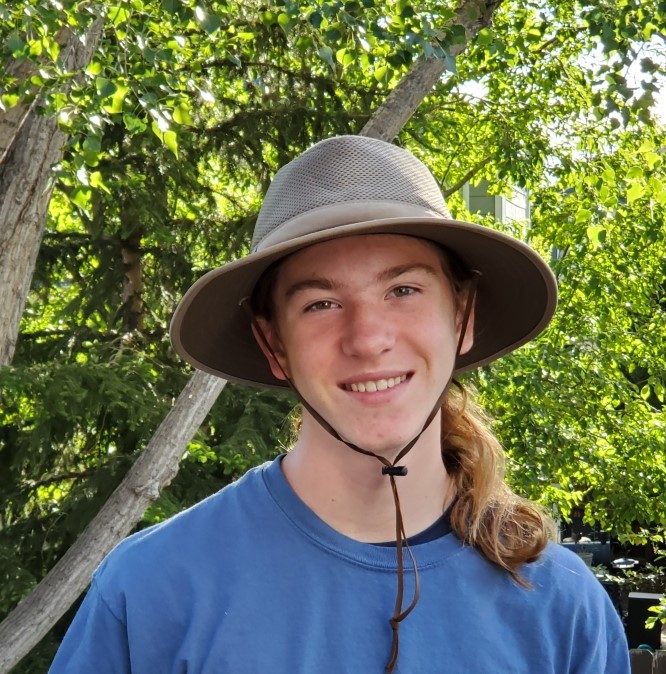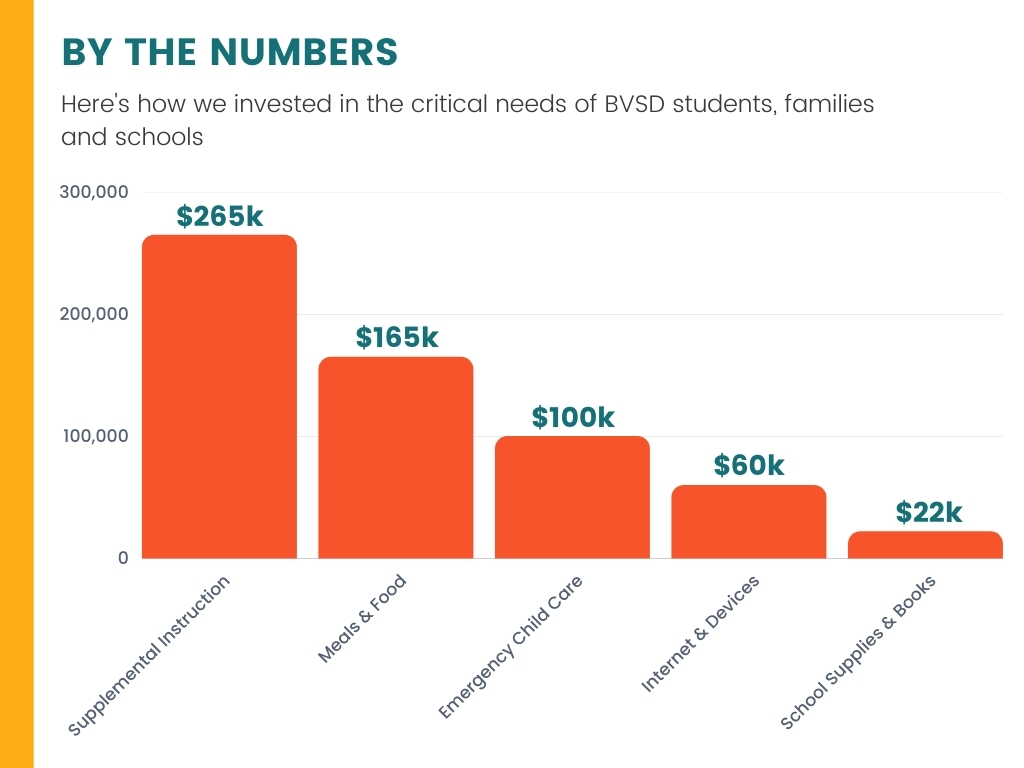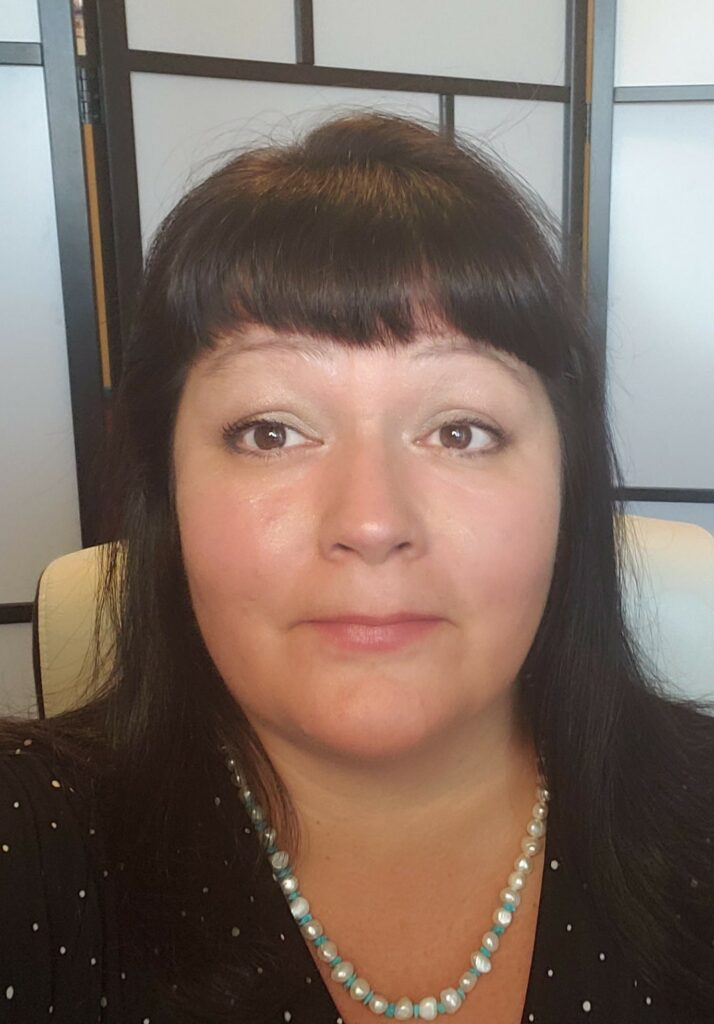By Karen Antonacci
Noah Mollerstuen officially became an adult just two weeks before he will graduate from Boulder High. Before he reached either of those milestones, however, Noah helped the Boulder Valley School District leadership navigate an unprecedented pandemic.
Noah was convinced by his friend and fellow Student Advisory Board member Jasper to join the board and ended up serving for three of his four high school years.
“It seemed like a pretty good opportunity to get some leadership experience and help improve the school district,” he said. “I signed up not knowing what to expect, but I’ve stuck with it and it has been a great community these last three years.”
Noah said he was proud to be a part of the Student Advisory Board’s work, especially giving the School Board feedback on how to remedy inequities in public education and close the opportunity gap for historically disadvantaged groups of students.
“Inequality is a pretty major issue in the Boulder Valley school district, so my work with the Board will allow me to be a bit more aware of those problems in the future and how I impact them and how they impact me,” he added.
Those gaps became starkly apparent when the COVID-19 pandemic forced students into virtual education. The Student Advisory Board’s work on civic engagement had to be put on pause to work within the school district and with nonprofit organizations such as Impact on Education to make sure each student had the equipment and technology they needed to succeed.
“I signed up not knowing what to expect, but I’ve stuck with it and it has been a great community these last three years.”
Noah Mullerston, Senior at Boulder High School
COVID also fundamentally changed the way students experienced high school this year. Noah said for him, he was able to weather the pandemic as he is an introverted online native anyway, but he noticed the social effects of not seeing his peers in person everyday.
“It was definitely hard to keep in touch with friends that I didn’t know as well. The number of friends I had probably decreased while I intentionally kept contact with people I know well,” he said. “Like the people you would just say hi to in the hallway, you don’t see any more.”
Luckily, Noah’s other hobbies adapted well to meeting people online or distanced. Besides the Student Advisory Board, he also spends his time on his school’s Robotics Club and was able to keep playing tennis with friends. He serves on the board of management for his church, the First Congregational Church of Boulder. In his free time, Noah likes to play board games and video games.
Noah received a J. Perry Bartlett college scholarship and will study computer science and robotics at Case Western Reserve University in Ohio this fall.
Overall, he said that he would recommend other BVSD students consider serving on the Student Advisory Board to broaden their perspective. “I’m definitely glad I’ve been on the board. It has been pretty interesting to see the different perspectives that the people from the different schools are bringing to the table,” Noah said.








